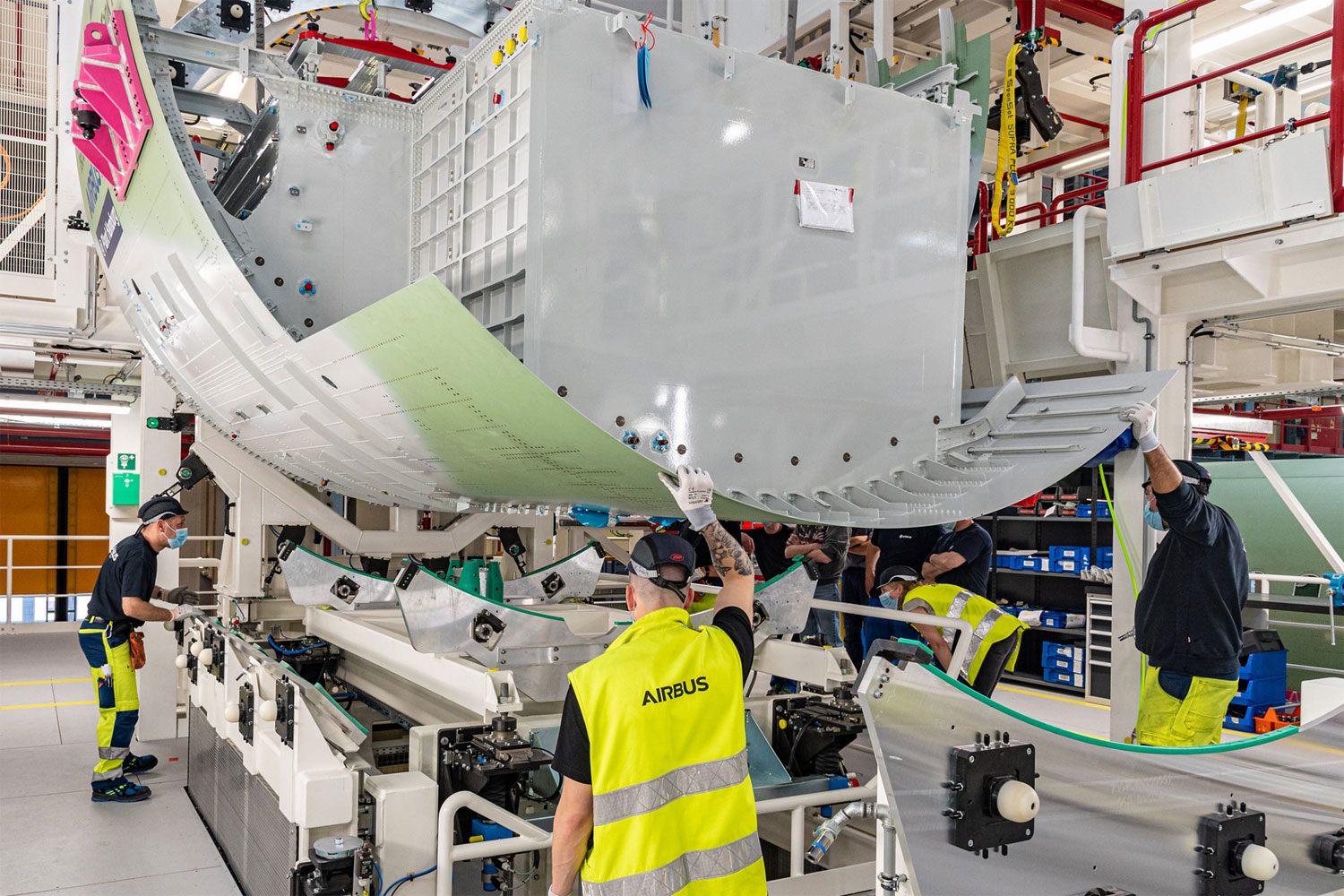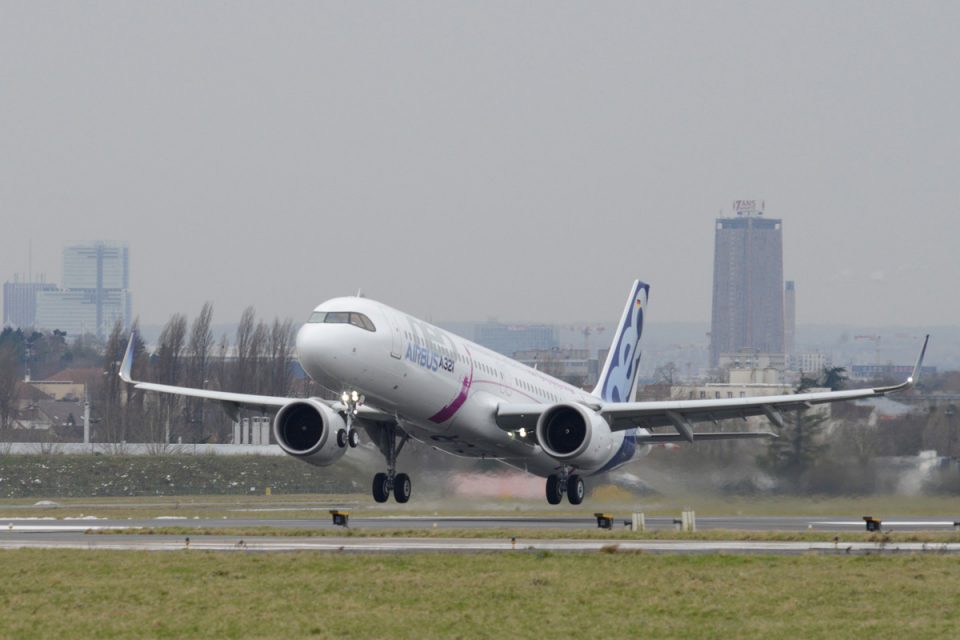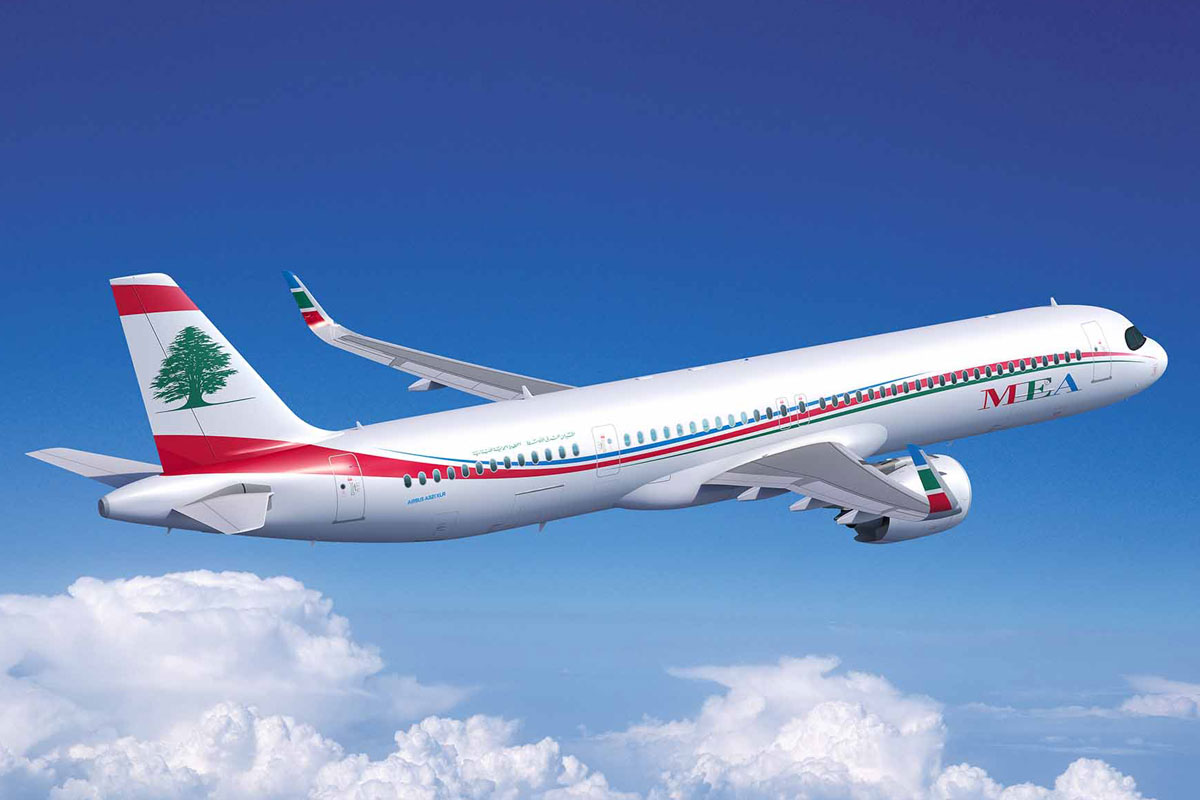Airbus confirmed last week that the A321XLR, the longer-range variant of the single-aisle jet, will enter service in 2023 as planned.
The program, launched in June 2019, could have been affected by the Covid-19 pandemic, however, the airframer maintained its forecast of carrying out the aircraft’s maiden flight in 2022.
In a short statement, Airbus said that the first prototype will enter the assembly line at the Hamburg plant at the end of 2021. This jet has already started to be assembled last month, as disclosed by the company.
The A321XLR has proved to be Airbus’ biggest success in recent years thanks to its unrivaled range. Evolution of the A321LR, the new version will be able to fly non-stop for 4,700 nm (8,700 km), or 700 nautical miles more.

To achieve this performance, Airbus is raising the maximum take-off weight to 101 tons, which will allow the installation of a rear center tank (carrying 12,900 liters of fuel), in addition to an optional forward center tank.
The aircraft will be able to carry up to 244 passengers in a single class or be configured with 180 to 220 seats in two classes, a capacity similar or even greater than the old long-range four-engine of the past.
Development as expected
But it remains to be seen whether Airbus will be able to meet this schedule. For now, the planemaker’s planning seems feasible. Compared to the development of the A321LR, the timeline is as expected.
While the long-range version was launched in October 2014 and flew for the first time 38 months later, entry into service took place just 10 months after the certification stage, with 100 flight hours.
At this same pace, the A321XLR could make its maiden flight around August 2022, with the first delivery to MEA airline in mid-2023.

However, the A321XLR is an aircraft with more extensive modifications than the A321LR. Airbus needs to carry a huge volume of fuel inside the fuselage to allow the plane to deliver the expected performance.
The solution was questioned by Boeing during a consultation carried out by EASA on the variant’s certification process. Given the problems faced by the 737 MAX, it won’t be surprising if the FAA is so tough on Airbus in order to ensure the A321XLR is safe.
Despite this, a short delay in putting into service should not weigh significantly on customers of the new single-aisle jet, although they are eager to have an aircraft capable of transoceanic flights with significant fuel savings in their hands.

